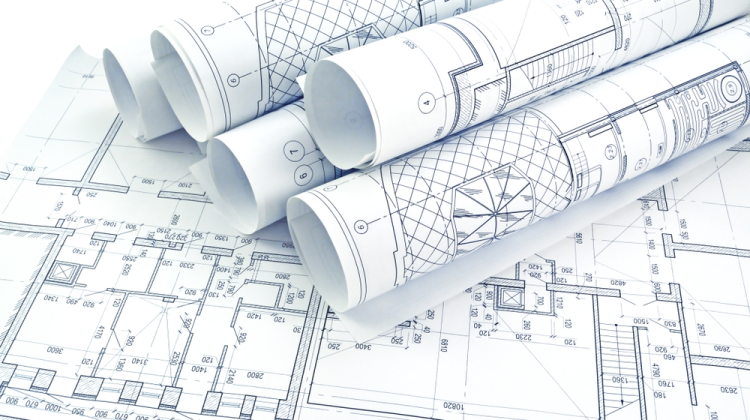
Sustainable Resource Use in Construction: Building Responsibly for the Future
Sustainable Resource Use in Construction: Building Responsibly for the Future
In the face of global climate change and resource scarcity, the construction industry plays a pivotal role in shaping a sustainable future. Sustainable resource use in construction focuses on minimizing waste, optimizing material use, and promoting renewable resources to reduce the environmental impact of development.
By adopting sustainable resource use strategies, builders can design and construct structures that balance economic growth with environmental preservation, ensuring a greener legacy for generations to come.
What Is Sustainable Resource Use in Construction?
Sustainable resource use refers to the efficient management and utilization of natural resources throughout the building process. This includes minimizing consumption of water, energy, and raw materials while promoting recycling, renewable energy, and sustainable alternatives.
In construction, sustainable resource use ensures that projects meet today’s needs without compromising the ability of future generations to meet theirs.
Why Sustainable Resource Use Matters
The construction sector consumes over 30% of global resources and generates a large share of waste and emissions. Implementing sustainable resource use practices helps reduce this environmental burden by focusing on efficiency, innovation, and circular economy principles.
It’s not just about using fewer materials—it’s about using them smarter and more responsibly.
Key Strategies for Sustainable Resource Use
1. Use of Renewable and Recycled Materials
Selecting renewable materials like bamboo, cork, and recycled steel reduces pressure on natural ecosystems. This is a cornerstone of sustainable resource use, helping minimize deforestation and mining impacts.
2. Energy-Efficient Construction
Designing buildings that consume less energy through passive design, insulation, and renewable energy integration supports sustainable resource use by conserving fossil fuels and reducing carbon emissions.
3. Water Conservation Techniques
Incorporating rainwater harvesting, greywater recycling, and low-flow fixtures ensures sustainable resource use by minimizing water wastage on construction sites and in building operations.
4. Waste Reduction and Recycling
Applying effective construction waste management techniques—such as material segregation, recycling, and reuse—reduces landfill waste and promotes resource efficiency.
5. Life Cycle Assessment (LCA)
Conducting LCAs helps evaluate the environmental impact of materials from production to disposal. This data-driven approach guides decisions that support sustainable resource use in every stage of construction.
Benefits of Sustainable Resource Use in Construction
-
Environmental Protection: Reduces pollution, emissions, and waste generation.
-
Cost Efficiency: Optimizes material and energy use, lowering project costs.
-
Resource Conservation: Extends the lifespan of finite natural resources.
-
Enhanced Building Performance: Promotes durability, comfort, and efficiency.
-
Supports Green Certifications: Aligns with IGBC, LEED, and GRIHA sustainability standards.

Sustainable Resource Use in India
India’s construction industry is increasingly focusing on sustainable resource use to address environmental challenges and meet national sustainability targets.
Organizations like the Indian Green Building Council (IGBC) and GRIHA (Green Rating for Integrated Habitat Assessment) have developed frameworks encouraging the responsible use of resources in building design and construction.
Government initiatives such as the National Mission on Sustainable Habitat and Energy Conservation Building Code (ECBC) further reinforce India’s commitment to sustainable resource use in infrastructure development.
How to Implement Sustainable Resource Use
-
Plan Efficiently: Incorporate sustainability goals early in project design.
-
Select Sustainable Materials: Choose renewable, locally sourced, and low-carbon materials.
-
Adopt Circular Economy Practices: Reuse and recycle materials whenever possible.
-
Monitor Consumption: Track energy, water, and material usage throughout the project lifecycle.
-
Engage Sustainability Experts: Collaborate with professionals specializing in sustainable resource use to meet green building standards.
Partner with AMS India for Sustainable Construction Solutions
At AMS India, we integrate sustainable resource use into every project to promote responsible and eco-friendly development. Our team focuses on reducing waste, optimizing energy, and maximizing material efficiency to build smarter, greener, and more sustainable structures.
From planning to execution, AMS India ensures that sustainability is not an option—it’s a commitment.
Conclusion: Building Today for a Better Tomorrow
Sustainable resource use is at the heart of responsible construction. By efficiently managing materials, energy, and water, we can reduce environmental impact and ensure that development and nature coexist harmoniously.
Adopting sustainable resource use today means creating resilient buildings, supporting local communities, and protecting our planet for future generations.
Read more related articles to enhance your knowledge and make informed decisions
Cost-Effective Modular Construction: Fast, and Sustainable Building Solutions
Smart Modular Buildings: Innovative, Efficient, and Sustainable Construction








